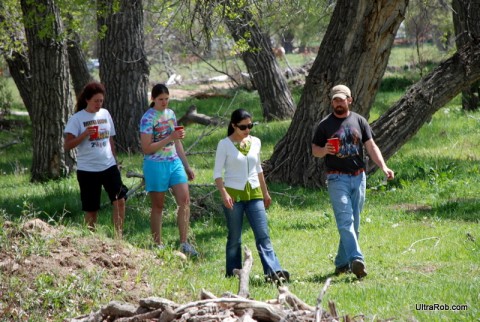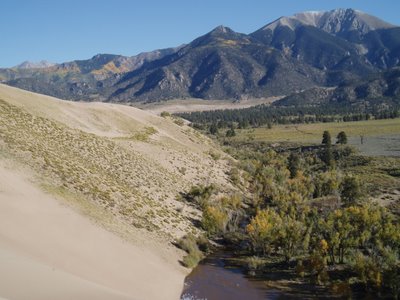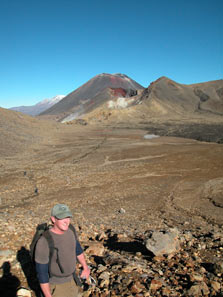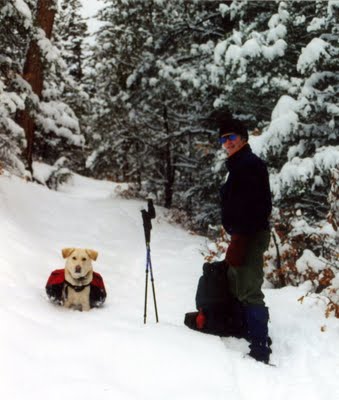Two recent reports of attacks on hiking trails are disturbing, but one is even more frightening than the other. On June 17, a man was attacked and killed by a grizzly bear near the east entrance to Yellowstone National Park. The area is known for its grizzly activity and park rangers say written warnings were posted and the man was warned verbally, but he didn’t carry any pepper spray or other bear defense gear.
On Sunday, a woman hiking on a trail in north Boulder was attacked, but this time, the attacker wasn’t a wild animal. It was a man – a short thin man who was carrying a knife. This one ended better – the woman punched her attacker and escaped, and he was later arrested near the trailhead.
The Boulder attack and a similar one last September on Signal Mountain Trail near Fort Collins are reminders that animals aren’t the only dangers on the trail. Literature about trail safety often talks about what to do if you meet a bear, or a mountain lion, but rarely mentions human encounters. I know many women who hike alone. Most of them don’t carry a weapon that could be used against animal or human.
I carry a folding knife in my backpack, but I don’t know if I could or would ever use it to defend myself. I’ve had a few unusual encounters in the outdoors – once at night, when a man dressed as a Ninja ran through our backcountry campsite and another time when deputies were called in after campers in a Forest Service campground started playing with their pistols at night, shooting into a raging bonfire they had built.
The latest attack, in Boulder, got me thinking about trail safety again. What do you think? Should we be more aware of potential human danger on our hiking trails and in our forests? Or are these isolated events that could have just as easily happened on a city street? Have you ever had such an encounter? Have you thought about what you would do if your attacker wasn’t a black bear or a mountain lion but was a person?
– Deb Acord
|
|
|








 Blog RSS Feed
Blog RSS Feed Like on Facebook
Like on Facebook Follow on Twitter
Follow on Twitter Flickr
Flickr Contact
Contact
